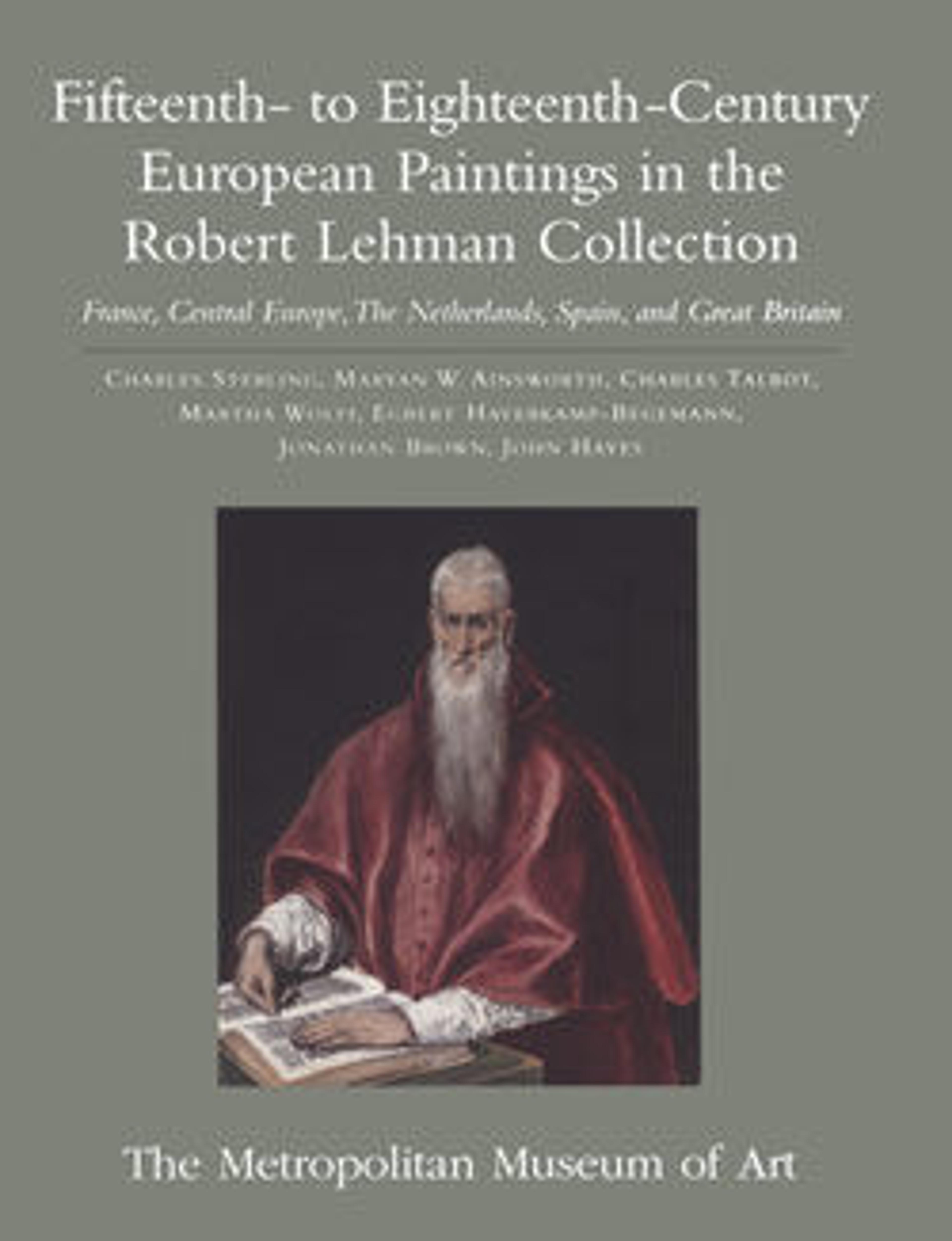Virgin and Child
The infant Christ, resting in his mother’s arms, delicately raises a blossom in his left hand. Mary, dressed in a gem-edged blue robe with a red mantle, gazes serenely down at her son. The pair, framed by a fictive stone archway, are positioned as if to appear directly behind a carpet-covered ledge. This aperture device was commonly used by fifteenth-century Netherlandish painters like Hans Memling to establish a sense of connection between the viewer and the painted image. The composition of the Lehman picture is an amalgam of motifs found in Virgin and Child paintings by Memling, especially a painting now in Lisbon, and is also related to an engraving of the same subject by the Master FVB. However, despite its reliance on Memling prototypes, the Lehman Virgin and Child was probably created by an early sixteenth-century artist working in the master’s style.
Artwork Details
- Title:Virgin and Child
- Artist:Follower of Hans Memling (Netherlandish, Seligenstadt, active by 1465–died 1494 Bruges)
- Date:Early sixteenth century
- Culture:Netherlandish
- Medium:Oil on oak panel
- Dimensions:15 1/16 x 11 1/8 in. (38.3 x 28.3 cm); painted surface 12 3/8 x 7 15/16 (31.5 x 20.2 cm)
- Classification:Paintings
- Credit Line:Robert Lehman Collection, 1975
- Object Number:1975.1.111
- Curatorial Department: The Robert Lehman Collection
More Artwork
Research Resources
The Met provides unparalleled resources for research and welcomes an international community of students and scholars. The Met's Open Access API is where creators and researchers can connect to the The Met collection. Open Access data and public domain images are available for unrestricted commercial and noncommercial use without permission or fee.
To request images under copyright and other restrictions, please use this Image Request form.
Feedback
We continue to research and examine historical and cultural context for objects in The Met collection. If you have comments or questions about this object record, please contact us using the form below. The Museum looks forward to receiving your comments.
